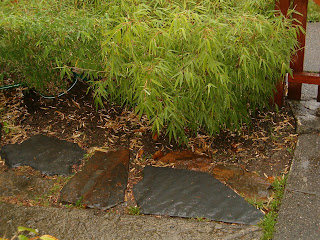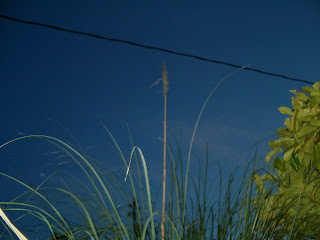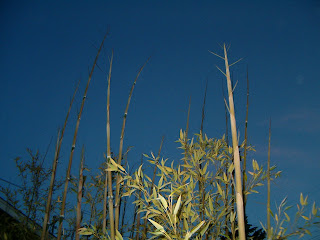
After about 2 weeks of snow, ice and slush, it's finally in the past.
Now we have strong winds, top reported gust I saw at the Beach Drive weather station was 56mph!
My empty garbage can was blown across Admiral Way, empty of it's 3 weeks worth of trash.
With the new year comes the symbolic gesture of setting goals.
For myself, I've found that the 'attained' goal usually arrives not out of striving for the end goal, but rather honoring the path I'm on and meeting with what ever presents itself...the rain, thunder, snow, ice, wind, and even the sun.
The process of an Awareness through Movement lesson is one of paying attention to how you do something. The simple command 'lift your arm' for some can be one of a compulsive need to compete, raise their arm quicker, higher, longer.
Moshé called these 'stupid movements' only because the movement itself wasn't really that important, but rather the attention given to the movement. So even though there are over 1000 Awareness through Movement lessons floating around for different movement/sensing sequences, they all can teach the same idea of paying attention.
Have a happy new year.
For more on the Feldenkrais Method® you can go to:
Erik LaSeur
Guild Certified Feldenkrais Teacher®
http://www.alkimoves.com/
.
.
Coming Tuesday, January 6, 2009!
Awareness Through Movement® lessons (group) at:
West Seattle Wellness in the Alaska junction.
Every Tuesday
9:00am
11:30am
1:45pm

































 Look at that sexy bod!
Look at that sexy bod!













